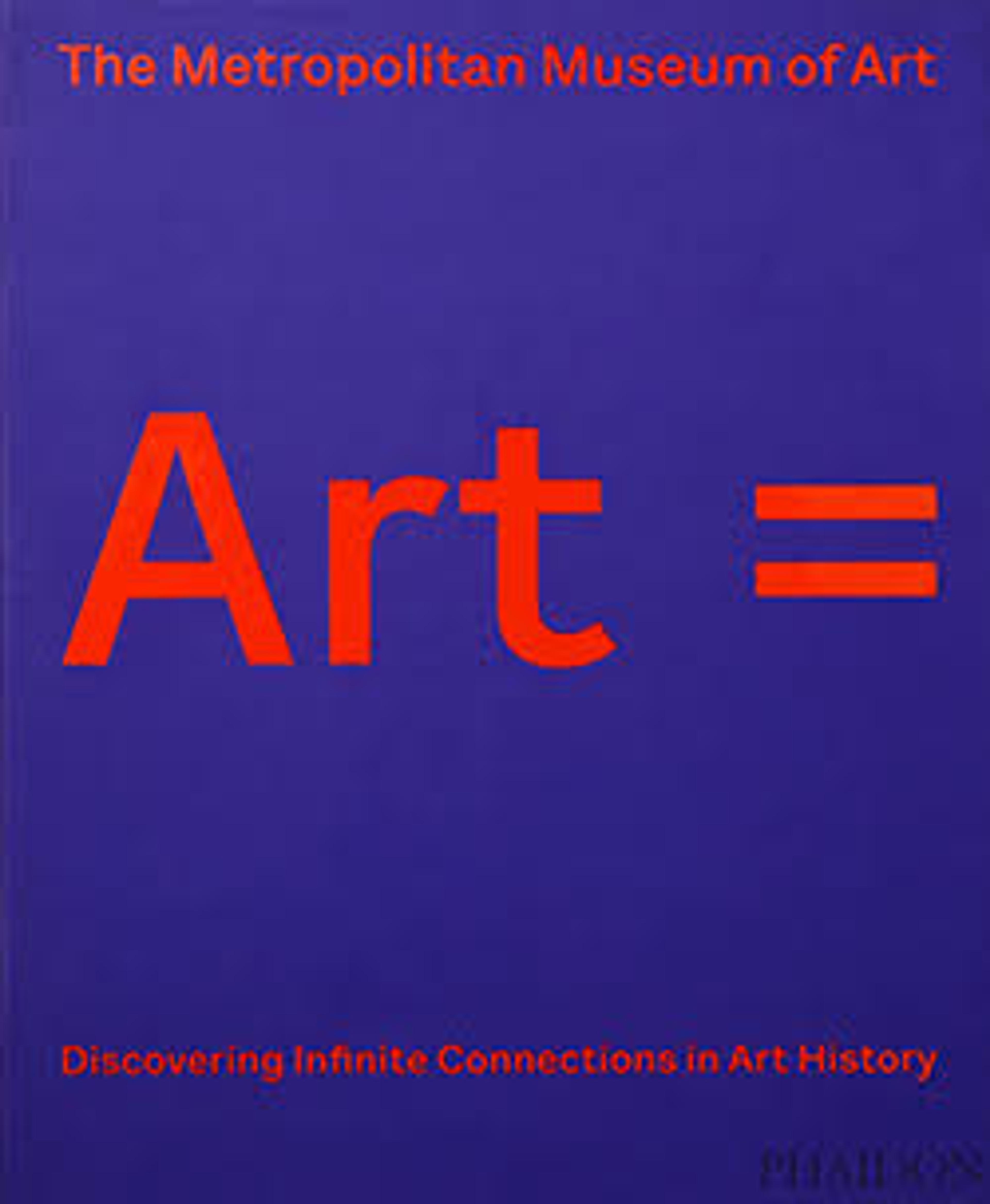The Titan's Goblet
The culmination of Cole's romantic fantasies, this work echoes the artist's other works of the period in its Italian derived scenery and its attempt to illustrate themes dealing with the grandeur of the past, the passage of time, and the encroachment of nature. Rejected by Cole's patron, Luman Reed, and subsequently owned by the artist John M. Falconer, the work defies full explanation. The massive, vegetation encrusted goblet around whose rim are found classical ruins, and on whose glassy surface boats sail, has been linked to Norse legend and Greek mythology. Theophilus Stringfellow, Jr. described it as a self-contained, microcosmic human world in the midst of vast nature, while Falconer linked the monumental stem of the goblet to the trunk of the Norse world-tree; he likened the cup to "the ramifying branches . . . which spread out and hold between them an ocean dotted with sails, surrounded by dense forests and plains." Other theories tie the fantastic forms to J. M. W. Turner's "Ulysses Deriding Polyphemus" (National Gallery, London), to Italian architecture and geological formations, or to the golden goblet of the sun-god Helios. The elevation and remove of the cup, rimmed with classical remnants, suggests the disassociation of the present, embodied in the surrounding landscape, from the pinnacle of creation which nourished its culture. Cole serves as intermediary, a role open only to the artist or poet, transcending the strictues of the immediate world to unite past and present.
Artwork Details
- Title:The Titan's Goblet
- Artist:Thomas Cole (American, Lancashire 1801–1848 Catskill, New York)
- Date:1833
- Culture:American
- Medium:Oil on canvas
- Dimensions:19 3/8 x 16 1/8 in. (49.2 x 41 cm)
- Credit Line:Gift of Samuel P. Avery Jr., 1904
- Object Number:04.29.2
- Curatorial Department: The American Wing
More Artwork
Research Resources
The Met provides unparalleled resources for research and welcomes an international community of students and scholars. The Met's Open Access API is where creators and researchers can connect to the The Met collection. Open Access data and public domain images are available for unrestricted commercial and noncommercial use without permission or fee.
To request images under copyright and other restrictions, please use this Image Request form.
Feedback
We continue to research and examine historical and cultural context for objects in The Met collection. If you have comments or questions about this object record, please contact us using the form below. The Museum looks forward to receiving your comments.
